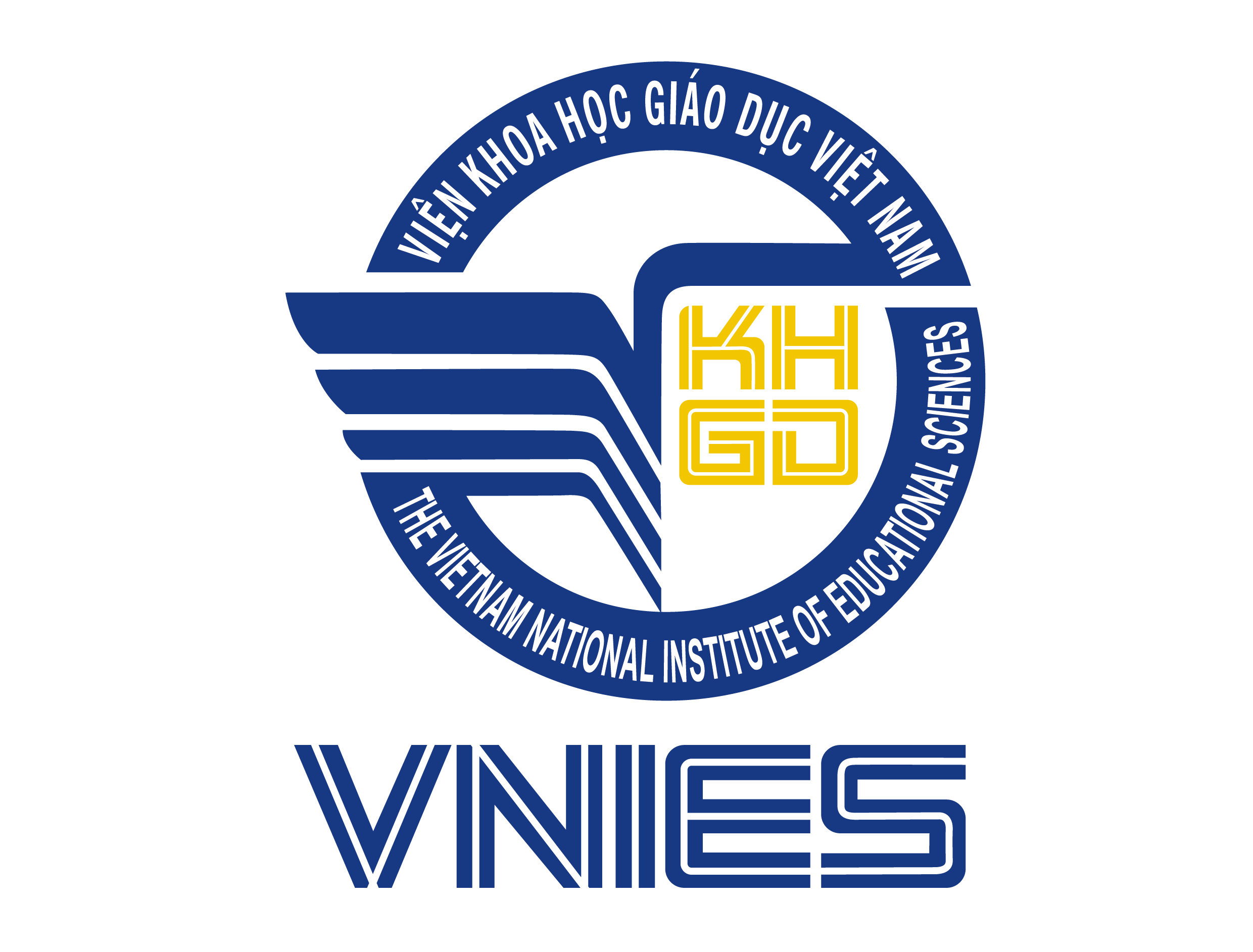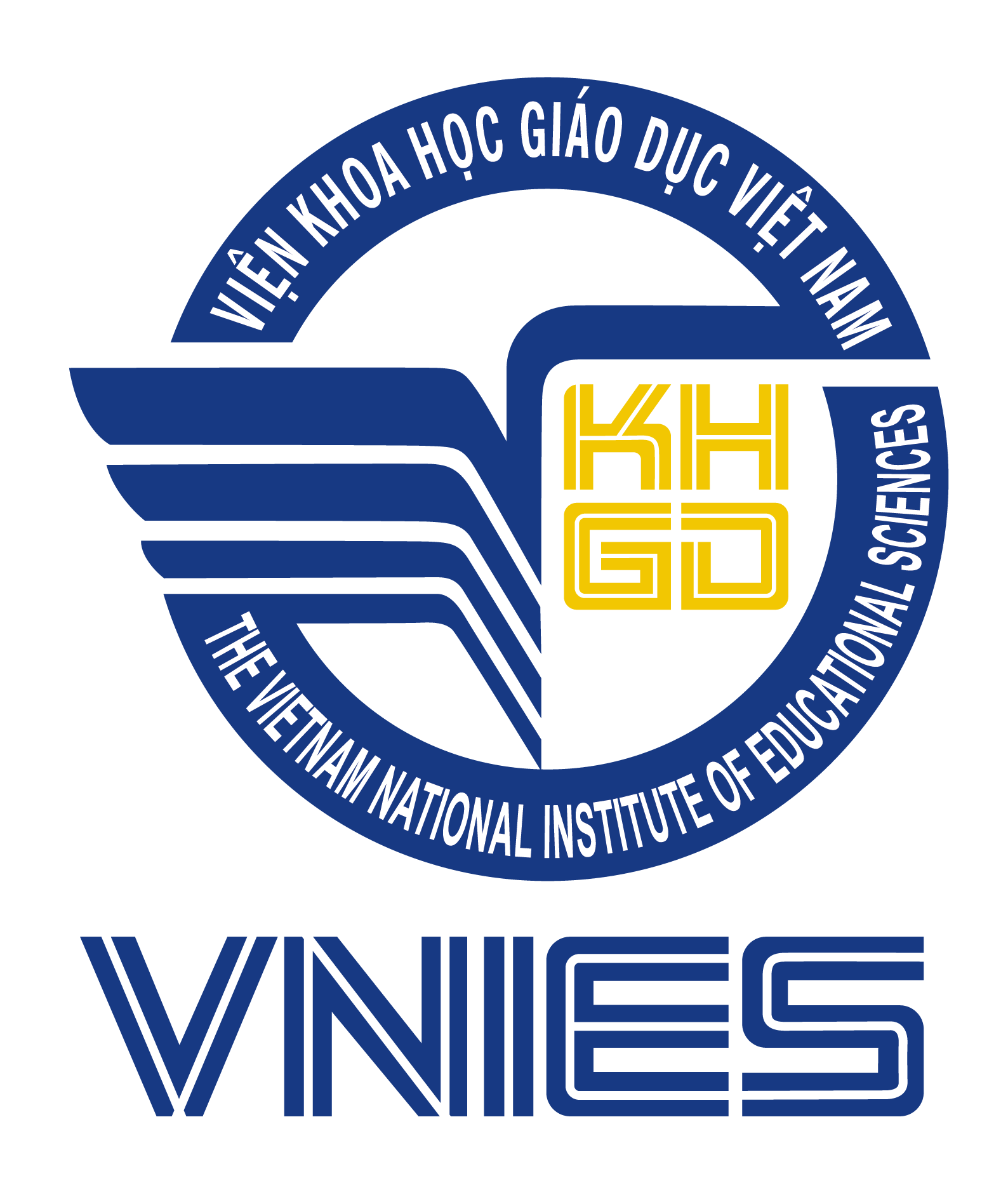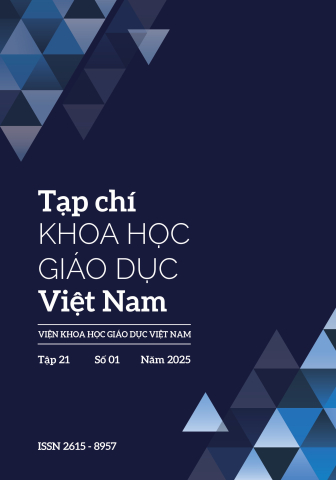[1] Aizikovitsh-Udi, E., & Radakovic, N. (2012). Teaching Probability by Using Geogebra Dynamic Tool and Implemanting Critical Thinking Skills. Procedia - Social and Behavioral Sciences, 46 (Galotti 1989), 4943–4947.
[2] Alfieri, L., Brooks, P. J., & Aldrich, N. J. (2011). Does Discovery-Based Instruction Enhance Learning? Louis. Journal of Educational Psychology, 103(1), 1–18.
[3] Awaji, B. M., Khalil, I., & AL-Zahrani, A. (2025). A Bibliometrics Study of Two Decades of Geogebra Research in Mathematics Education. Journal of Educational and Social Research, 15(1), 130–150.
[4] Birgin, O., & Topuz, F. (2021). Effect of the GeoGebra software-supported collaborative learning environment on seventh grade students’ geometry achievement, retention and attitudes. The Journal of Educational Research, 114(5), 474–494.
[5] Bruner, J. S. (1961). The act of discovery. Harvard Educational Review, 31, 21–32.
[6] Castronova, J. A. (2002). Discovery Learning For The 21st Century: What Is It And How Does It Compare To Traditional Learning In Effectiveness In The 21st Century? Action Research Exchange, 1(1), 1–12.
[7] Elbehary, S. G. A. (2022). Rethinking mathematics teachers’ professional knowledge for teaching probability from the perspective of probabilistic reasoning: A proposed framework. International Electronic Journal of Mathematics Education, 17(3), 1–15.
[8] Ho, L. & Dimmock, C. (2023). Changing teachers’ beliefs and practices towards learner-centred education: experiences and lessons from Vietnam’s education system reforms. Practice, 5(3), 1–20
[9] Hoàng Nguyên Tú Uyên, Phạm Thị Thanh Tú, Trần Hòa Hiệp, Trần Ngọc Phương Thy, Chu Ánh Vân, & Đỗ Đông Quân. (2024). Thiết kế mô hình hình học động bằng phần mềm Geogebra hỗ trợ tình huống dạy học khám phá về thể tích hình hộp chữ nhật ở môn Toán lớp 5. Tạp chí Khoa học Giáo dục Việt Nam, 10(10), 82–90.
[10] Igboanugo, B. I., & Naiho, O. I. (2024). Effectiveness of Inquiry-Based Chemistry Learning on Students’ Attitudes and Knowledge of Climate Change Mitigation Behaviors. Journal of Chemical Education, 101(8), 3318–3325.
[11] Mayer, R. E. (2004). Should There Be a Three-Strikes Rule against Pure Discovery Learning? The Case for Guided Methods of Instruction. American Psychologist, 59(1), 14–19.
[12] Nguyễn Viết Dương, Nguyễn Ngọc Giang, Nguyễn Thị Nga & Phạm Huyền Trang. (2024). Dạy học khám phá một số yếu tố thống kê minh họa bởi bài toán chỉ số cơ thể (BMI) với sự trợ giúp của phần mềm Excel cho học sinh lớp 7. Tạp chí Khoa học Giáo dục Việt Nam, 20(9), 79–88.
[13] Nguyễn Thị Thu Trang & Quách Thị Sen. (2023). Một số biện pháp dạy học chủ đề Thống kê và Xác suất cho học sinh lớp 6 với sự hỗ trợ của công nghệ thông tin. Tạp chí Khoa học Giáo dục Việt Nam, 19(7), 27–34.
[14] Ormrod, J. E. (1995). Educational Psychology. Prentice Hall.
[15] Ozdem-Yilmaz, Y., & Bilican, K. (2025). Discovery Learning—Jerome Bruner BT - Science Education in Theory and Practice: An Introductory Guide to Learning Theory (B. Akpan & T. J. Kennedy (eds.); pp. 173–187)
[16] Phạm Thế Quân, & Trần Trung. (2023). Ứng dụng công nghệ thông tin trong một số tình huống dạy học mạch kiến thức Thống kê và Xác suất ở Trung học phổ thông. Tạp chí Giáo dục, 23(5), 7–11.
[17] Vũ Đình Phượng & Sengvongdeuane, N. (2016). Vận dung quy trình dạy học khám phá trong dạy học chủ đề “dãy số” ở nước Cộng hòa Dân chủ Nhân dân Lào nhằm phát triển năng lực tư duy và lập luận Toán học cho học sinh. Tạp chí Khoa học, Trường Đại học Sư phạm Hà Nội, 69(5), 129–142.
[18] Radović, S., Radojičić, M., Veljković, K., & Marić, M. (2020). Examining the effects of Geogebra applets on mathematics learning using interactive mathematics textbook. Interactive Learning Environments, 28(1), 32–49.
[19] Thongchanh Vonglathsamy. (2023). Biện pháp dạy học xác suất, thống kê trong trường trung học ở Lào theo hướng tăng cường kết nối với thực tiễn. Tạp chí Giáo dục, 514(2), 60–64.
[20] Tôn Thất Tú, Hoàng Thị Thanh Trúc & Nguyễn Đặc Nhiệm. (2024). Một số mô hình hỗ trợ dạy học khái n iệm ngẫu nhiên và ý tưởng đo lường xác suất. Tạp chí Khoa học, Trường Đại học Sư phạm Thành phố Hồ Chí Minh, 2, 245–255.
[21] Van Joolingen, W. (1998). Cognitive tools for discovery learning. International Journal of Artificial Intelligence in Education, 10, 385–397.
[22] Ziatdinov, R., & Valles, J. R. (2022). Synthesis of Modeling, Visualization, and Programming in GeoGebra as an Effective Approach for Teaching and Learning STEM Topics. Mathematics, 10(3), 1–16.


